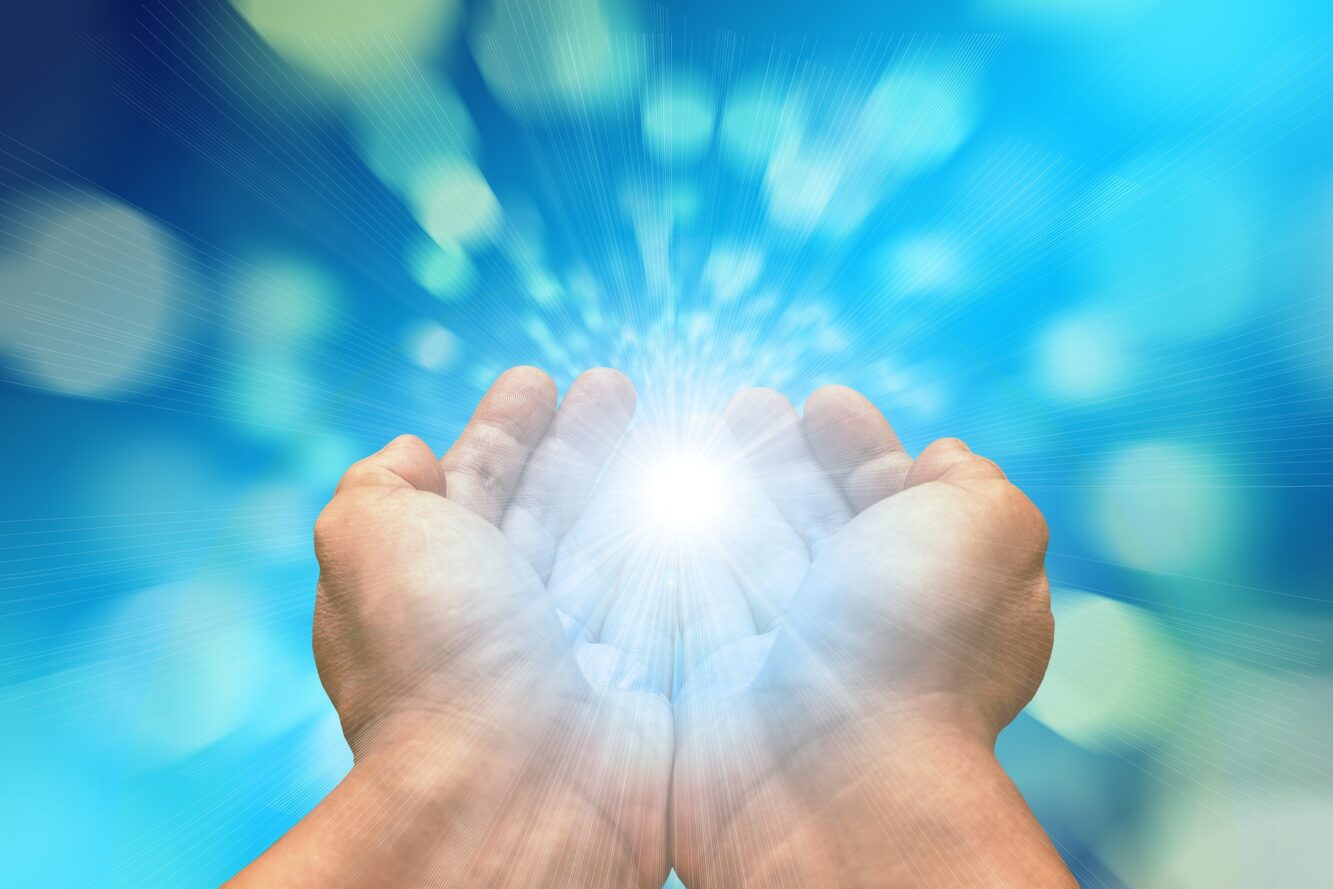After years of never really fitting in, always feeling as though there was something wrong with me, and entering into toxic friendships and abusive relationships, I finally found myself at rock bottom. I had no choice but to seek help, if I was going to get through.
At my first therapy session, not even knowing where to start, I was gently informed that I had been living in ‘survival mode’ for my entire life, and my brain couldn’t take anymore. I was now entering ‘recovery mode’.
I remember sobbing, but how could I not have known? And my wonderful therapist said to me ‘it’s all you knew. It’s like trying to tell a deaf person what it’s like to hear’.
But what exactly is survival mode?
Imagine you wake up suddenly in the night to the sound of your smoke alarm, and the smell of acrid smoke. Your house is on fire, you realise immediately, and with a jolt.
At that exact moment, your logical ‘thinking’ brain (pre-frontal cortex) will literally shut down. This is nature’s way of keeping us alive. The brain shuts down all non-essential functions and focuses all its efforts on pure survival. We go into an automatic trauma response (in the event of a fire, hopefully flight!) After all, we wouldn’t have much chance of survival if our thinking logical brain took over, and we sat analysing how the fire could have started, etc.
Once the traumatic/stressful event is over, the brain should return to normal function, but sometimes we can get stuck in survival mode. This is PTSD or CPTSD.
If a child is experiencing a traumatic childhood, such as abuse, neglect, loss of a loved one, bullying at school, the brain can become stuck, without the sufferer, or loved ones even realising. If we aren’t trauma informed, it’s easy to dismiss behaviour as someone just being ‘bad-tempered’, ‘unreliable’, ‘nasty’ even.
In my case, as a child, I experienced nightmares, insomnia, rages. I couldn’t focus on school work, and had no self-esteem, or self-worth. As an adult, I had no routine, couldn’t keep a job, and turned to addictions to cope. Spending, binge-eating, smoking, substance abuse, alcohol, and toxic people (codependency). I was impulsive in everything. Driving like Cruella Deville (that was my nickname!), jumping from one relationship to the next without thinking through, saying yes to things I didn’t want to do. I literally was all over the place.
Other signs you may be living in survival mode include:
Lack of focus: Things might seem foggy or hard to concentrate.
Changes in memory (dissociation): You may have a hard time remembering situations or things that happen throughout the day.
Fatigue: You may feel tired, in body and mind.
Emotionally reactive or unstable: Lashing out at people, rages, crying easily
Trouble caring for basic needs: Exercising, showering, changing your bed
For children, signs include:
Emotional reactivity: A child may show an increased emotional expression or increase emotional dysregulation; crying often, aggression, yelling, depression, etc.
Withdrawn or isolated from others: A child may stop doing activities that bring them joy or difficulty engaging with others in conversations
Trouble trusting other: lying, stealing, or keeping secrets
Jumpy: A child might be more reactive and seem on edge
Zoning out/dissociation: losing focus, not hearing you when you call their name, ‘day dreaming’.
If you think you or someone you care for may be in survival mode, a diagnosis of PTSD/CPTSD can sound scary, but there is lots of help and hope.
Self treatment includes grounding techniques, meditation, physical exercise, stretching or yoga, breath work.
EMDR therapy (eye movement desensitisation and reprocessing) is extremely effective for PTSD, with a treatment success rate of 80-90%. Reach out for help. You aren’t alone.


3 Replies to “Are You Living In Survival Mode? (and what to do about it)”